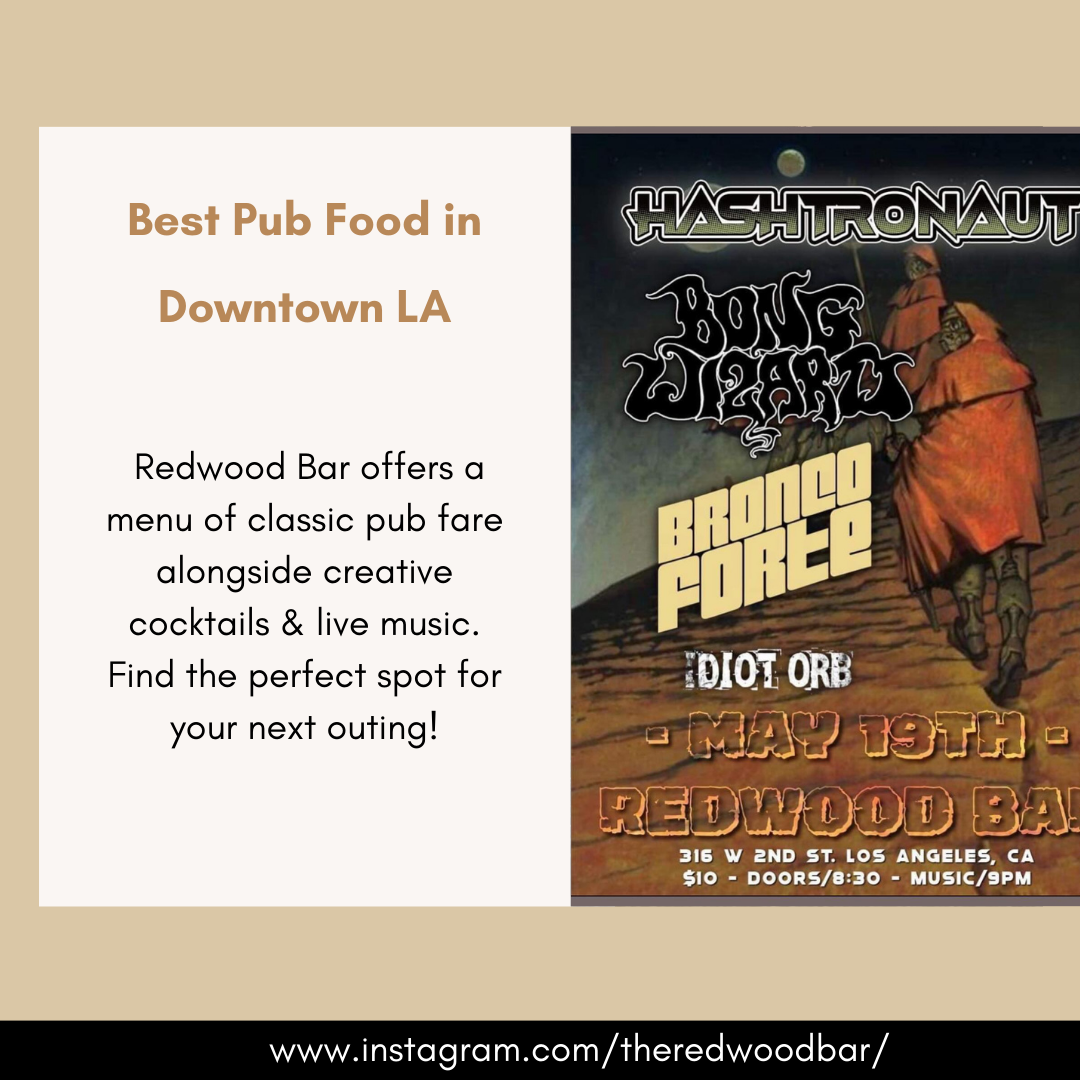Upgrade your restaurant with SISGAIN’s POS software – built for UAE success. 🚀
Read More - https://sisgaintechnologies.blogspot.com/2025/05/why-your-uae-eatery-needs-pos-system.html
#RestaurantPOS #POSUAE #SmartDining #SISGAIN
Read More - https://sisgaintechnologies.blogspot.com/2025/05/why-your-uae-eatery-needs-pos-system.html
#RestaurantPOS #POSUAE #SmartDining #SISGAIN
Upgrade your restaurant with SISGAIN’s POS software – built for UAE success. 🚀
Read More - https://sisgaintechnologies.blogspot.com/2025/05/why-your-uae-eatery-needs-pos-system.html
#RestaurantPOS #POSUAE #SmartDining #SISGAIN
0 Kommentare
0 Anteile
616 Ansichten
0 Vorschau












